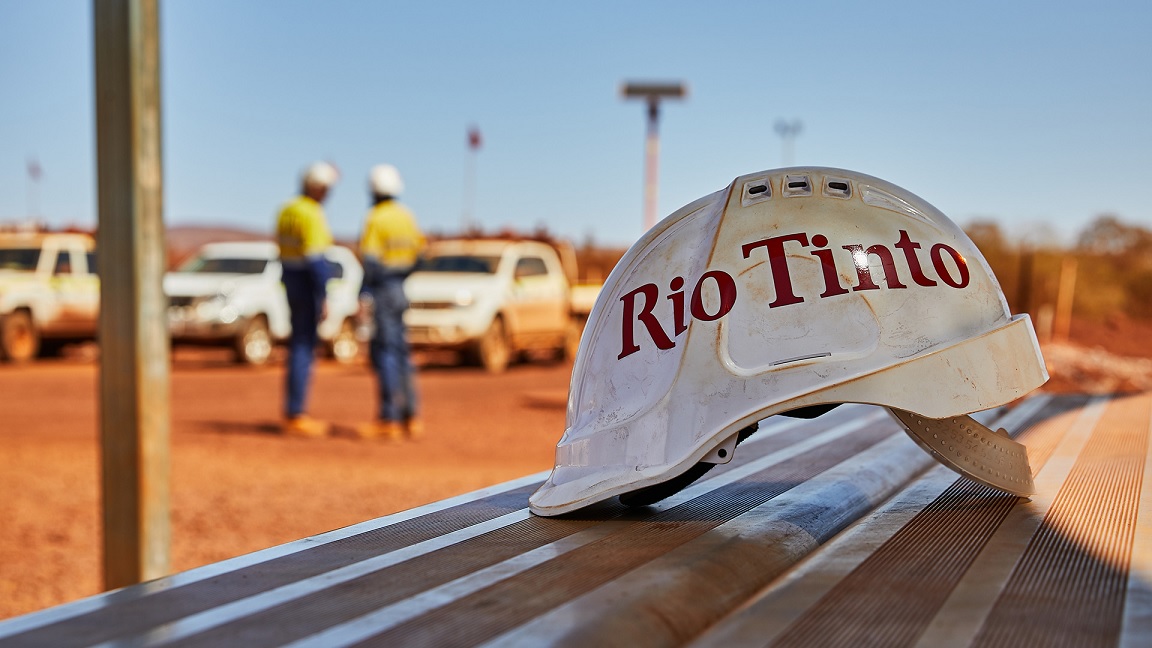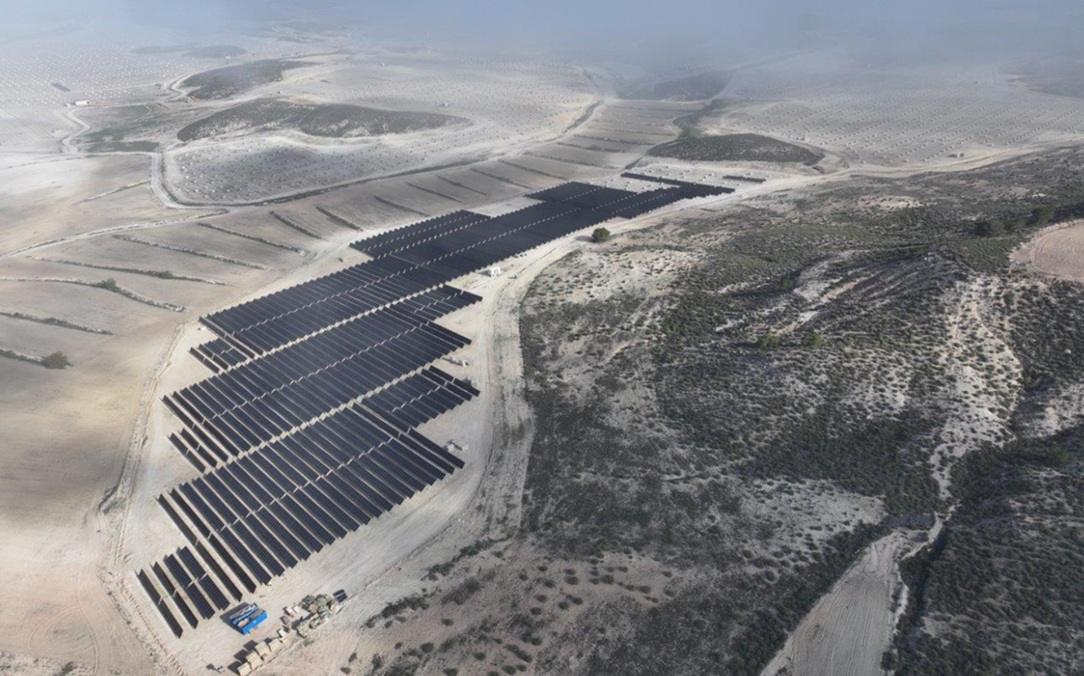Rio Tinto, Sumitomo to Produce Low-Carbon Alumina by Replacing Natural Gas with Hydrogen
Global mining and metals company Rio Tinto announced today a partnership with Sumitomo to build a pilot plant at Rio Tinto’s Yarwun Alumina Refinery in Queensland, Australia, aimed at reducing the carbon intensity of alumina production.
The pilot project, Yarwun Hydrogen Calcination Pilot Demonstration Program, aims to demonstrate the viability of using hydrogen in the calcination process, testing whether hydrogen could replace natural gas in Rio Tinto’s refineries.
The project is part of a A$111 million (USD$75 million) program to lower carbon emissions from the alumina refining process. The companies approved the project after receiving A$32 million in co-funding from the Australian government’s Australian Renewable Energy Agency (ARENA).
Hydrogen is viewed as one of the key building blocks of the transition to a cleaner energy future, particularly for sectors with difficult to abate emissions, in which renewable energy solutions such as wind or solar are less practical.
Rio Tinto has set climate goals to reduce greenhouse gas emissions by 15% by 2025 and 50% by 2030, and to achieve net zero by 2050. According to the company’s 2022 Climate Change Report, bauxite and alumina account for more than 20% of the company’s Scope 1 and 2 emissions, with reductions in alumina process heat set as one of the company’s key focus areas for hitting its 2030 goal.
Rio Tinto Aluminium Pacific Operations Managing Director Armando Torres said:
“At Rio Tinto we have put the energy transition at the heart of our business strategy, and this is one of the ways we’re working towards decarbonising our operations.”
In the calcination process, the last step in the alumina refining process, hydrated alumina is heated to temperatures of up to 1,000 degrees Celsius to remove chemically bound water that is associated with alumina.
According to ARENA, calciners, which traditionally operate on natural gas account for approximately 30% of greenhouse gas emissions from alumina refineries.
The new project aims to abate emissions from the process by substituting natural gas with hydrogen. The project involves constructing a hydrogen plant at the refinery, including a 2.5MW on-site electrolyser, and retrofitting account for approximately 30% of greenhouse gas emissions from alumina refineries.
The electrolyser will be owned and operated by Sumitomo, and the hydrogen will be supplied directly to Rio Tinto.
The pilot project is expected to produce the equivalent of about 6,000 tonnes of alumina per year, and if successful, “could pave the way for adoption of the technology at scale globally,” the companies said, adding that converting the entire plant to green hydrogen could reduce emissions by 500,000 tonnes per year.
Construction is anticipated to begin in 2024, with the new hydrogen plant and calciner expected to be operational in 2025.
Sumitomo Corporation Energy Innovation Initiative Director, Seiji Kitajima said:
“Demonstrating real-world applications of hydrogen in industrial settings with motivated partners is essential to reducing carbon emissions and working toward our company’s vision of achieving carbon neutrality by 2050. Through this demonstration, Sumitomo Corporation aims to venture into the commercialisation project to contribute to Rio Tinto’s decarbonisation.”





